Tag: State Legislature
-
New York outpacing all states in advancing election legislation as 2024 sessions get underway

As of Jan. 19, 2024, legislators in New York have passed 24 election-related bills out of at least one chamber of the legislature, more than all other state legislatures combined. The legislation in New York covers a range of election-related topics including absentee ballot drop-boxes, maintenance of voter rolls, and oversight of election officials, workers,…
-
More legislative changes to the ballot measure process and direct democracy in 2023 than previous five years
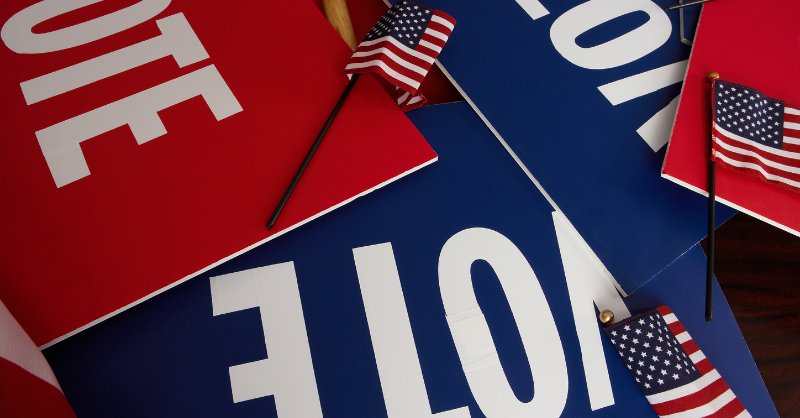
Legislatures enacted more pieces of legislation related to direct democracy—ballot initiatives, referendums, and recall petitions—in 2023 than the previous five years. In 2023, 45 bills and resolutions were enacted, which exceeds the annual average of 32 for this period. The previous largest number of bills enacted was 44 in 2019. While there was an increase…
-
Five states have enacted education savings account programs this year, most since 2021

Five states have created new education savings account (ESA) programs in 2023—the most in a single year since Arizona enacted the country’s first in 2011. In the last four years, the pace of states enacting new programs has increased—two states enacted programs in 2019, while four did so in 2021. ESAs allow families to receive…
-
54.86% of state legislatures are Republican, 44.29% Democratic
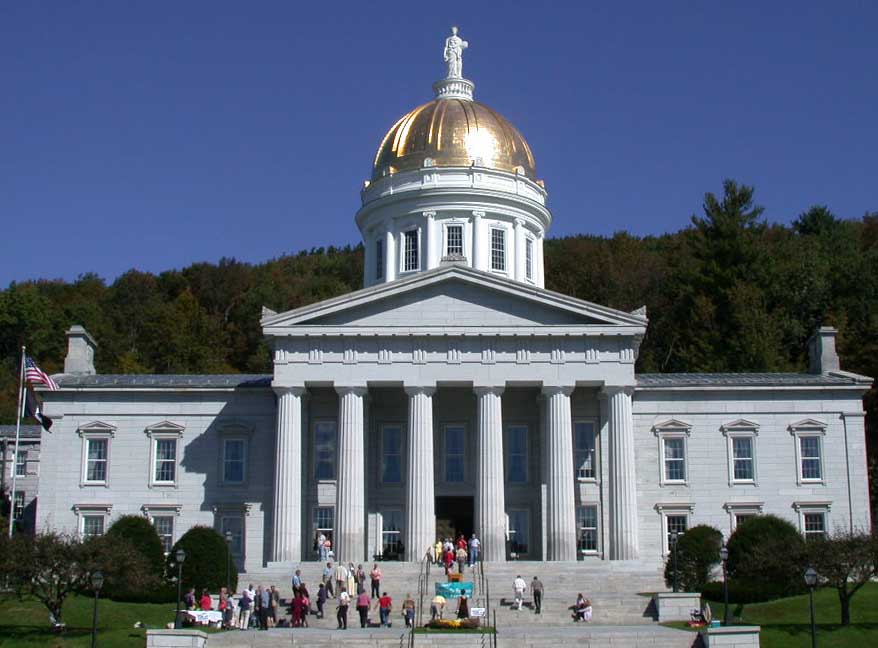
At the end of August 2023, 54.86% of all state legislatures in the United States are Republican while 44.29% are Democratic. There are 7,386 state legislative seats in the country. Republicans control 57 chambers, while Democrats hold 40. Two chambers (Alaska House and Alaska Senate) were organized under multipartisan, power-sharing coalitions. Democrats hold 851 state…
-
State lawmaker political party switch snapshot
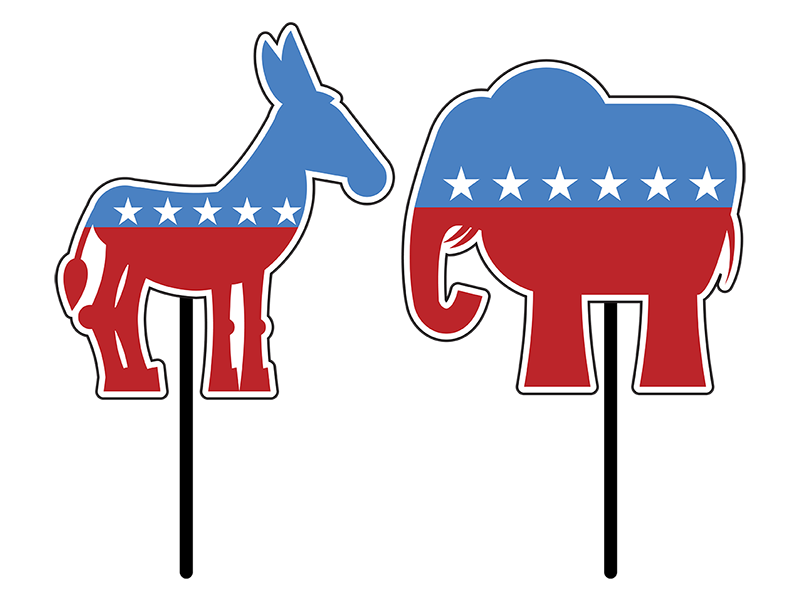
One hundred seventy-three (173) state legislators have switched political parties since 1994, according to analysis by Ballotpedia. Forty-seven (47) state senators and 126 state representatives have switched parties. State lawmakers who switched from Democrat to Republican: 83 State senators: 24 State representatives: 59 State lawmakers who switched from Republican to Democrat: 23 State senators: 8…
-
93 candidates filed for federal and statewide offices last week
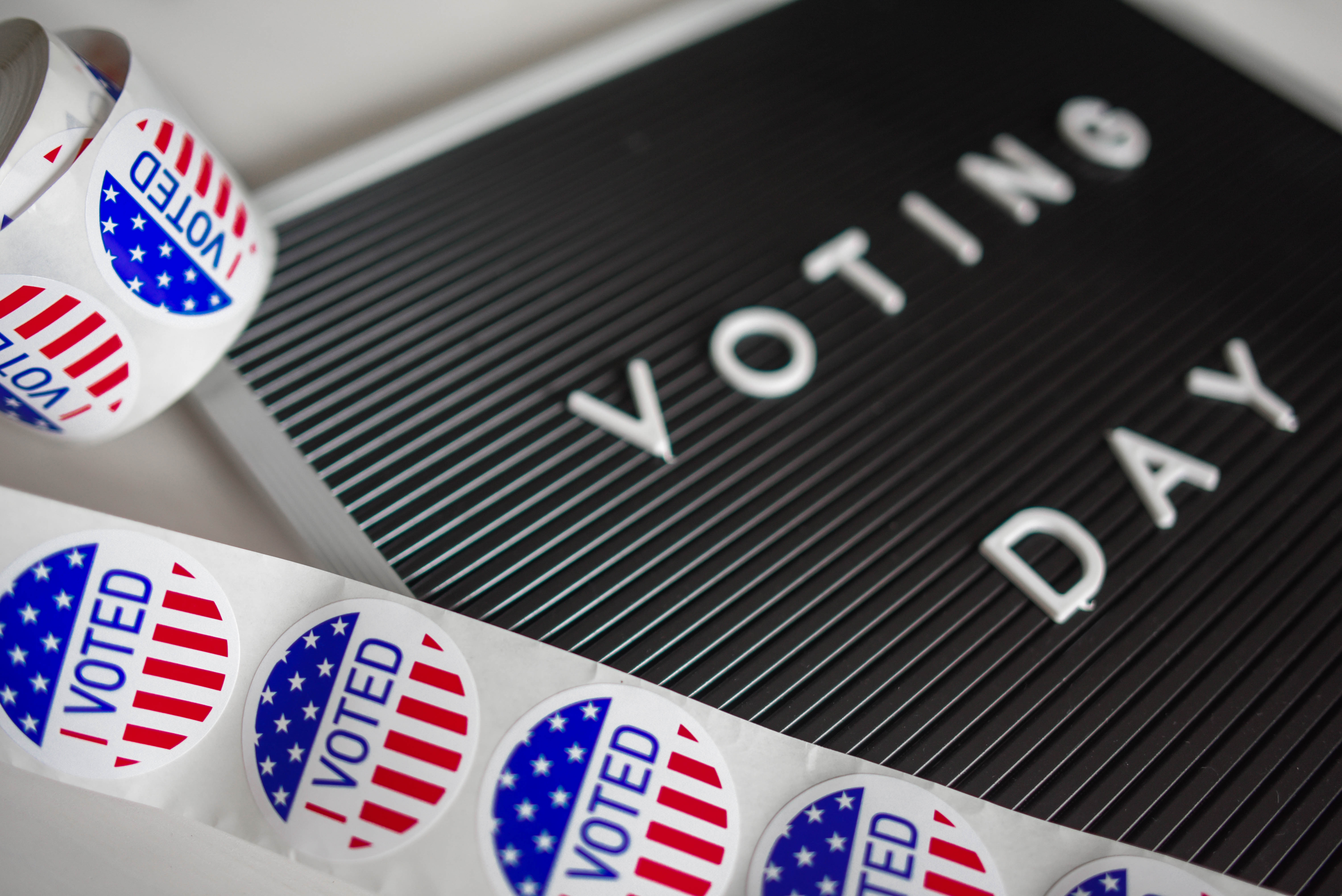
Ninety-three (93) people declared candidacies for federal or statewide offices in the past week, 53 fewer than last week. All of these candidates declared before their state’s official filing deadline. Twenty-three of those candidates were Democratic, while 62 were Republican. Eight are minor-party candidates. Fifty candidates are running for Congress, 27 for state legislatures, two…
-
54.94% of state legislatures are Republican, 44.35% Democratic
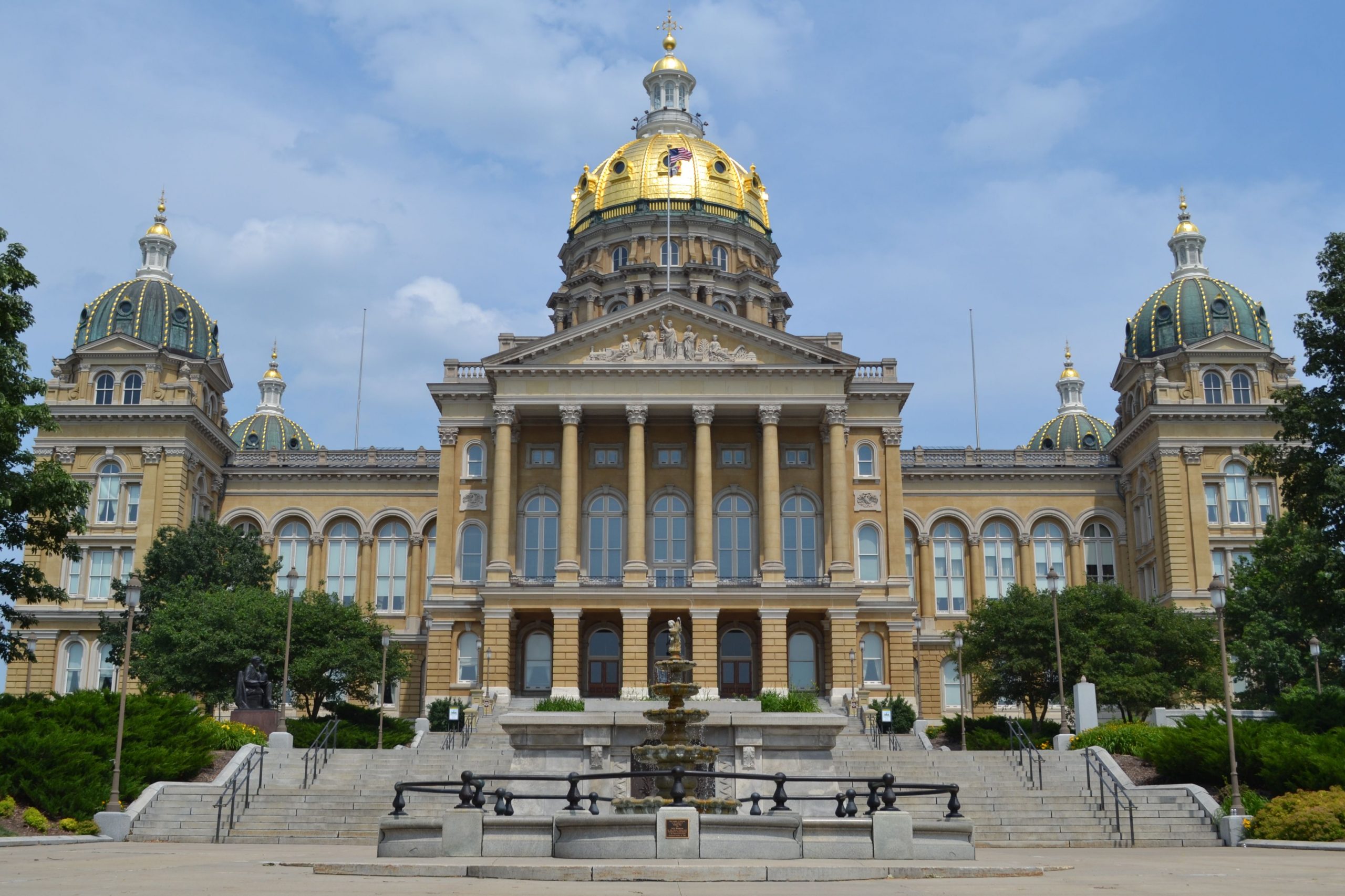
At the end of July 2023, 54.94% of all state legislatures in the United States are Republican while 44.35% are Democratic. There are 7,386 state legislative seats in the country. Democrats hold 853 state Senate seats and 2,423 state House seats, gaining two seats overall since last month. Republicans hold 1,110 state Senate seats and…
-
Serena Gonzales-Gutierrez resigns from Colorado House

Serena Gonzales-Gutierrez (D) resigned from the Colorado House of Representatives on Aug. 4, 2023, to serve as an at-large member of the Denver City Council. Gonzales-Gutierrez most recently ran for re-election to the District 4 House seat in 2022, winning with 83% of the vote. She was later elected to the Denver City Council on April…
-
Number of donor privacy and disclosure bills enacted has increased each year since 2020

States have enacted more donor privacy and disclosure legislation this year than in recent years, with the number of enacted bills increasing yearly since 2020. Donor privacy and disclosure policy refers to legislation or regulation governing the confidentiality of nonprofit donors’ identities and/or personal information. Tax-exempt nonprofits are regulated under Section 501 of the Internal…
-
Odd-year open seat rate currently at a decade-high with further increases likely

The percentage of open seats in state executive and legislative elections is at a decade-high 22% compared to all odd-year election cycles since 2011. And it’s almost definitely going to get even higher. The 2023 rate is around one percentage point higher than the recent peak in 2019 (21%) and about six percentage points higher…

